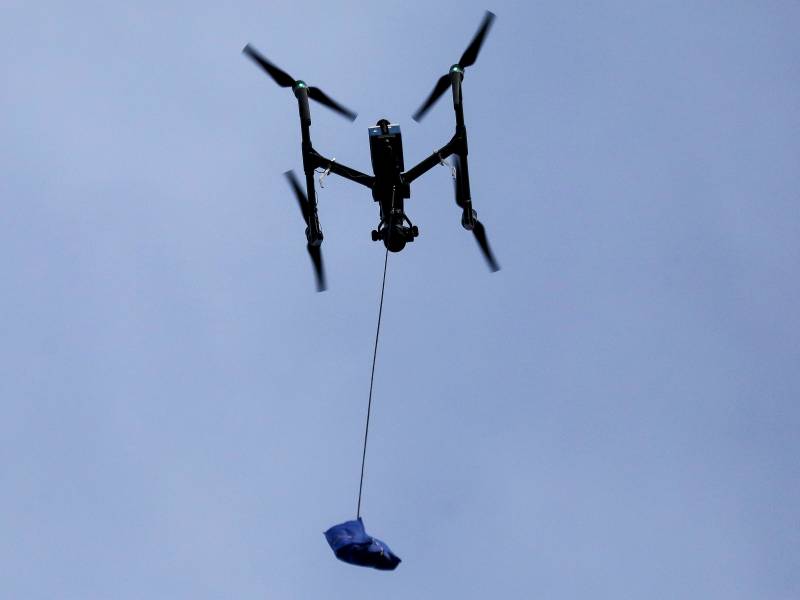Companies such as Amazon, Walmart and the United Parcel Service have slowly started testing how drones can be used to deliver goods to customers. Despite some companies receiving waivers in the last year to test the technology, there is still no widespread use of drones for commercial use.
UPS received approval last year to operate a nationwide fleet of drones and has made hundreds of deliveries on a hospital campus in North Carolina.
In August, Amazon also received FAA approval to deliver packages by drone, but the service is still being tested.
Walmart is undergoing a pilot program in El Paso, Texas, where drones deliver COVID-19 test kits to homes within a mile and a half of a store in the city.
Hobbyists, industry respond
The Association for Unmanned Vehicle Systems International, or AUVSI, said the FAA’s new rules are welcome progress.
The organization’s President and CEO Brian Wynne said the use of remote identification will enable “more complex” drone operations “which will have additional untold benefits for American society.”
Similarly, allowing for drones to fly at night and over people are both “important steps towards enabling integration of drones into our national airspace,” he added.
But some drone hobbyists responded negatively to the new requirements for remote identification. Taking to Twitter, they argue the new requirements will be cost prohibitive for people who use the machine for recreational purposes.
Some users also complained that the new rules are still unclear for non-commercial operators.
Additional requirements
Operating drones at night will require remote pilots to take updated training and a test to run the machines. Small unmanned drones flying at night will also have to be equipped with anti-collision lights that can be seen for three miles, the FAA said.
The final rule requires small drone operators to have their remote pilot certificate and identification in their possession when flying so as to be ready to present to authorities if needed.
The new rules will become effective 60 days after publication in the Federal Register next month. Drone manufacturers will have 18 months to begin producing drones with remote identification. Operators get an additional year to start using drones with remote identification.
Copyright 2020 NPR. To see more, visit https://www.npr.org.9(MDAxOTAwOTE4MDEyMTkxMDAzNjczZDljZA004))

9(MDAxOTAwOTE4MDEyMTkxMDAzNjczZDljZA004))